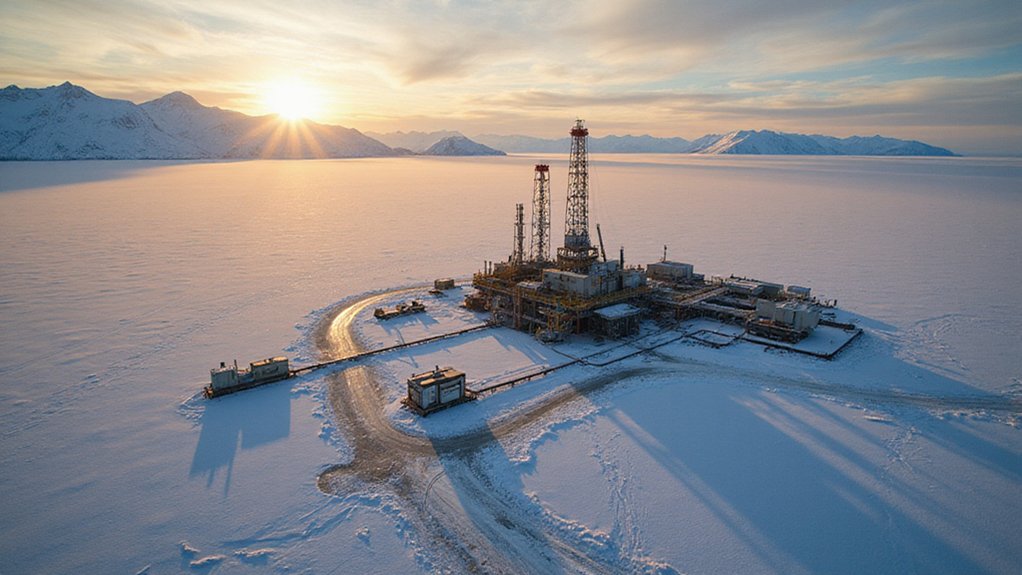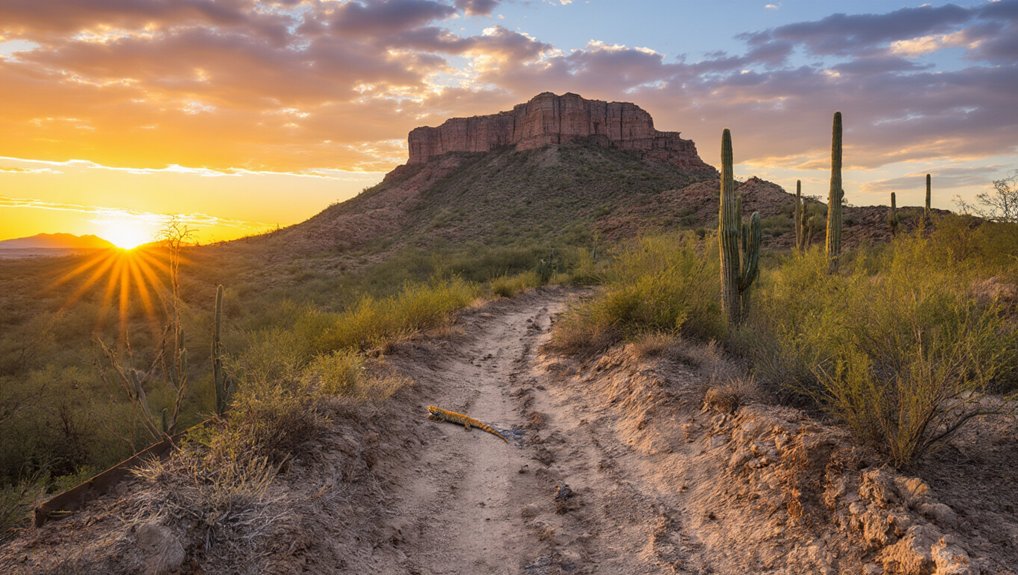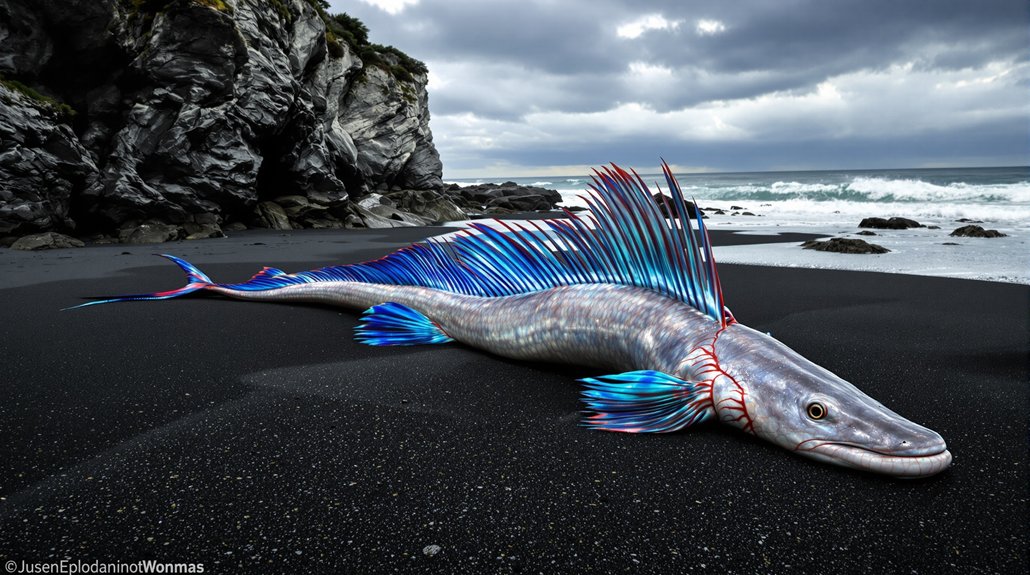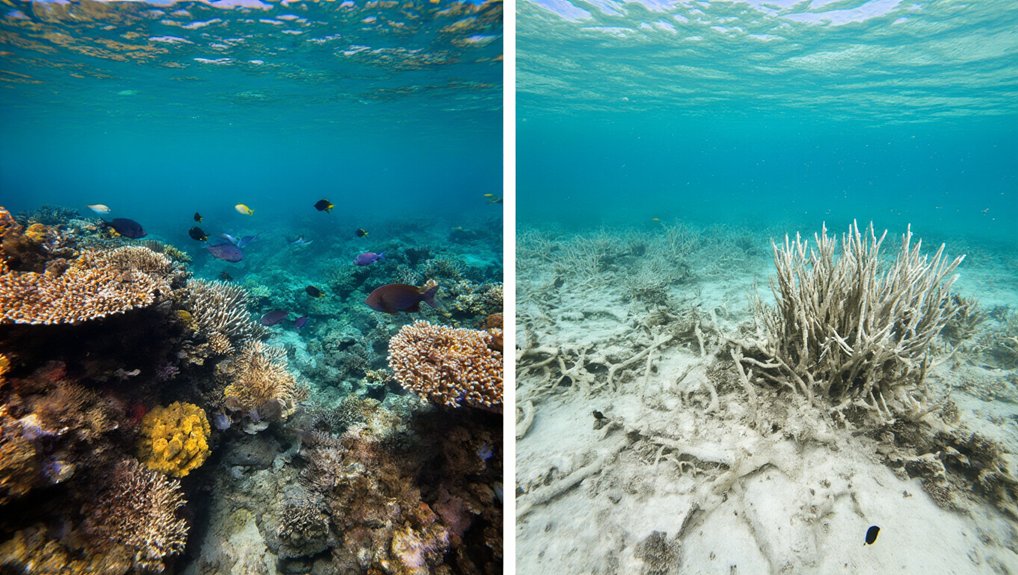While most Americans worry about gas prices at the pump, Alaska sits on 3.4 billion barrels of crude oil reserves—enough to make it the nation’s fourth-largest oil holder. Yet production has tanked from 2 million barrels daily in 1988 to just 421,000 today. That’s quite the nosedive.
The Last Frontier’s resource extraction machine is running full throttle anyway. Mining alone generated $4.25 billion in materials last year, supporting 11,800 jobs across 90 communities. Not bad for an industry that pays Alaska Native Corporations $235 million annually while contributing $136 million to state coffers.
Red Dog, Greens Creek, Kensington—these aren’t indie band names but active mines pumping out gold, silver, copper, and zinc. Gold fever burns especially hot, with explorers dumping half their $230 million exploration budget into finding more of the shiny stuff. If projections hold, Alaska could hit 1 million ounces of gold production by 2025. That’s a lot of wedding rings.
Meanwhile, oil companies face a cruel irony. Climate change shortens their drilling season because the ground isn’t frozen solid anymore. Mother Nature has a twisted sense of humor. Two new projects, Nuna and Pikka, promise to boost flagging oil output, though nobody’s hitting those 1988 peaks again. Even with geographic limitations, Alaska’s extraction industry remains determined to overcome natural challenges.
The real drama surrounds the Arctic National Wildlife Refuge. Its 1.6 million-acre coastal plain opened for drilling in 2017, then slammed shut in 2023. Political ping-pong with polar bears as spectators.
Environmental groups aren’t laughing. Large swaths of Alaska remain unexplored for oil, creating pressure to crack open protected lands. Wildlife corridors, water quality, fragile permafrost—all face threats from expanded extraction. Legislative proposals keep bubbling up to weaken existing protections, because apparently $4.25 billion in mining value isn’t enough. The Arctic project alone plans to extract 1.93 billion pounds of copper alongside zinc, lead, gold, and silver from Alaska’s untapped deposits.
The state’s unrestricted general fund expects a measly $30 million revenue increase for fiscal year 2025. That’s pocket change compared to what’s being pulled from the ground.
Alaska’s resource rush continues, environmental sanctuaries be damned. The question isn’t whether they’ll drill or dig—it’s where they’ll strike next.
References
- https://www.commerce.alaska.gov/web/Portals/4/pub/Alaska Minerals Commission/reports/2025 Alaska Minerals Commission Report Final.pdf
- https://www.eia.gov/state/analysis.php?sid=AK
- https://www.whitehouse.gov/presidential-actions/2025/01/unleashing-alaskas-extraordinary-resource-potential/
- https://dor.alaska.gov/docs/default-source/homepage-documents/revenue-spring-2025-forecast.pdf?sfvrsn=c1a81c75_1
- https://www.miningnewsnorth.com/story/2024/03/01/in-depth/alaska-mine-value-tops-4-billion-in-2023/8410.html








